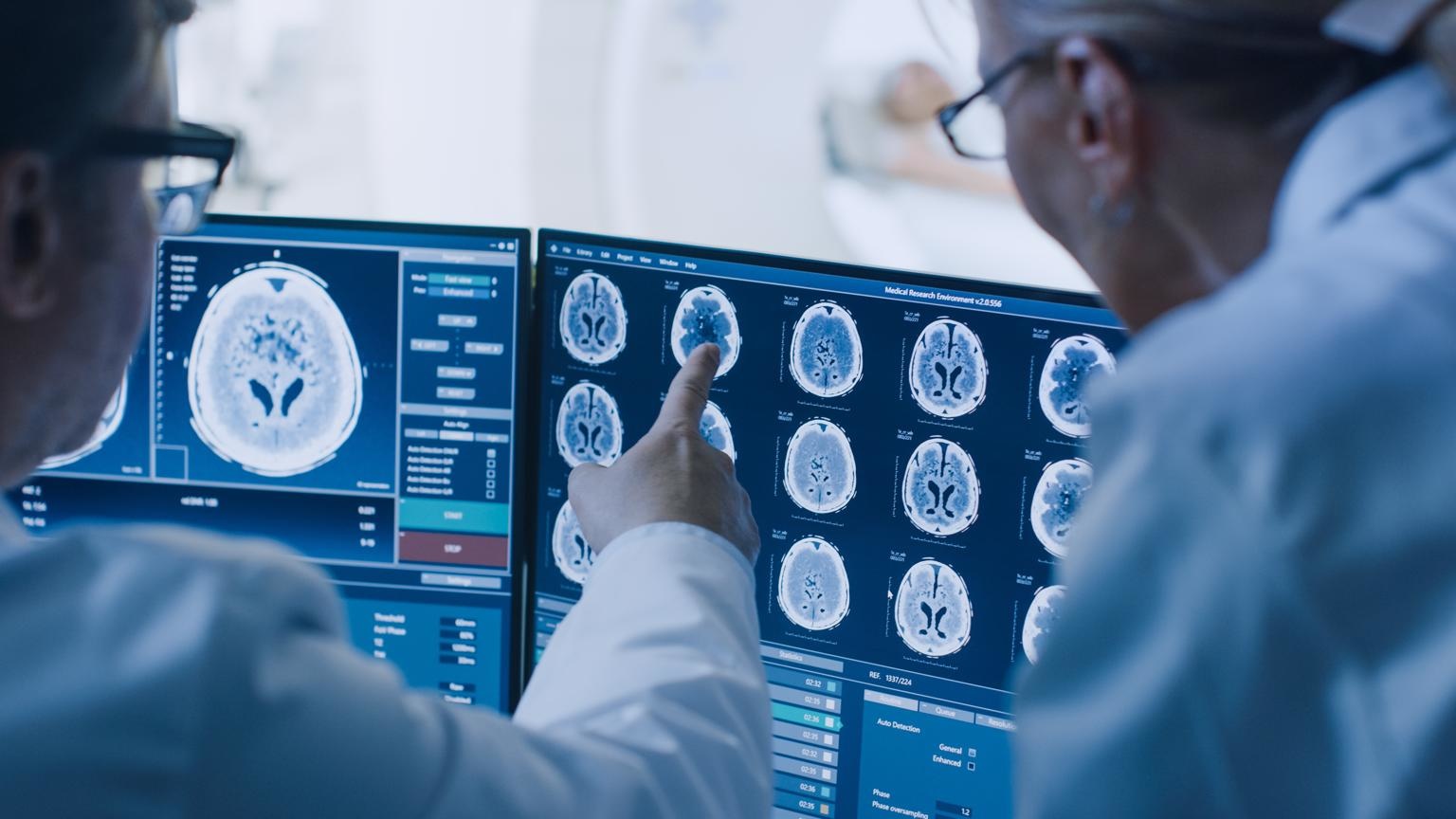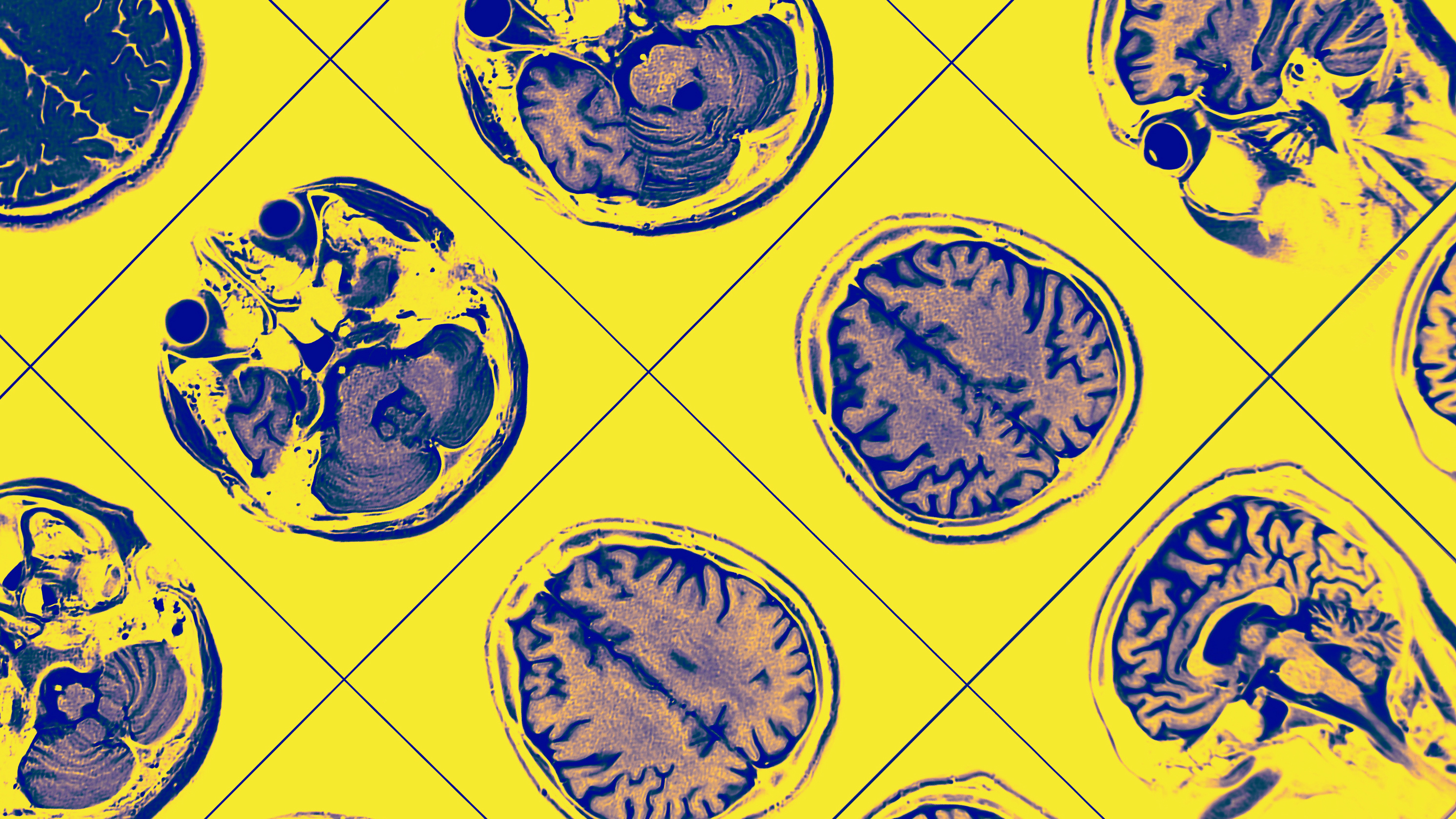brain scans
Partisanship can now be seen in brain scans.
Blame our ancestors for why it’s easier to be a couch potato.
Both schizophrenics and people with a common personality type share similar brain patterns.
Scientists have developed an algorithm that reliably detects the signs of Alzheimer’s dementia before its onset.



